Species Photo Gallery for Enchenopa latipes Widefooted Treehopper, Eastern Thornhopper 47 |
 | Photo by: Ken Kneidel
Mecklenburg Co.
Comment: | 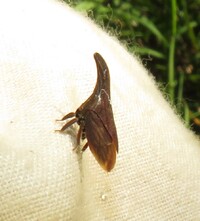 | Photo by: B. Bockhahn
Henderson Co.
Comment: |
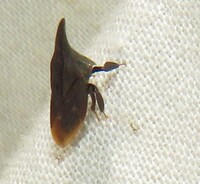 | Photo by: B. Bockhahn
Henderson Co.
Comment: |  | Photo by: Ken Kneidel
Watauga Co.
Comment: |
 | Photo by: Erin Price-Erwin
Guilford Co.
Comment: |  | Photo by: Ted Wilcox
Avery Co.
Comment: unid_treehopper |
 | Photo by: Ted Wilcox
Watauga Co.
Comment: unid_treehopper | 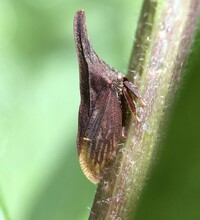 | Photo by: Ted Wilcox
Watauga Co.
Comment: unid_treehopper |
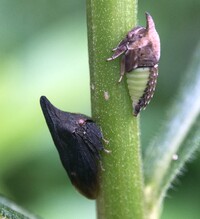 | Photo by: Ted Wilcox
Watauga Co.
Comment: unid_treehopper | 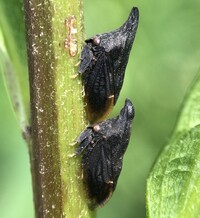 | Photo by: Ted Wilcox
Watauga Co.
Comment: unid_treehopper |
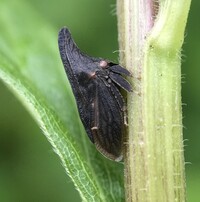 | Photo by: Ted Wilcox
Watauga Co.
Comment: |  | Photo by: Ted Wilcox
Watauga Co.
Comment: |
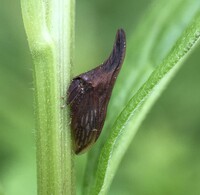 | Photo by: Ted Wilcox
Watauga Co.
Comment: | 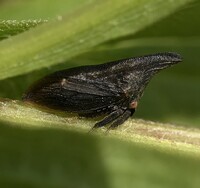 | Photo by: Ted Wilcox
Watauga Co.
Comment: |
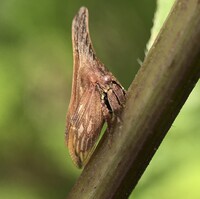 | Photo by: Ted Wilcox
Watauga Co.
Comment: |  | Photo by: Ted Wilcox
Watauga Co.
Comment: |
 | Photo by: Ted Wilcox
Watauga Co.
Comment: | 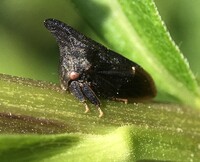 | Photo by: Ted Wilcox
Watauga Co.
Comment: |
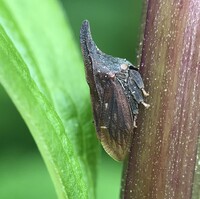 | Photo by: Ted Wilcox
Watauga Co.
Comment: | 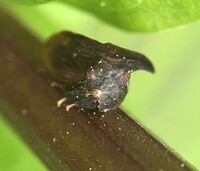 | Photo by: Ted Wilcox
Watauga Co.
Comment: |
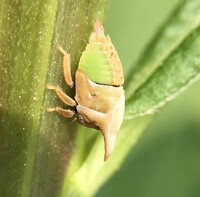 | Photo by: Ted Wilcox
Watauga Co.
Comment: | 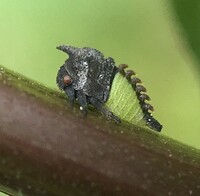 | Photo by: Ted Wilcox
Watauga Co.
Comment: |
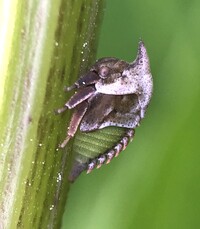 | Photo by: Ted Wilcox
Watauga Co.
Comment: unid_planthopper |  | Photo by: Ted Wilcox
Watauga Co.
Comment: unid_planthopper |
 | Photo by: Rob Van Epps
Mecklenburg Co.
Comment: On Solidago (goldenrod) | 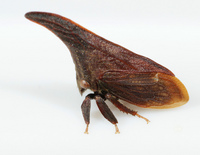 | Photo by: B. Bockhahn, P. Coin
Durham Co.
Comment: Eno River State Park |
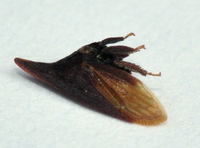 | Photo by: Kyle Kittelberger, Brian Bockhahn
Wake Co.
Comment: grassy, field-type habitat | 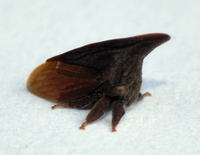 | Photo by: Kyle Kittelberger, Brian Bockhahn
Wake Co.
Comment: grassy, field-type habitat |
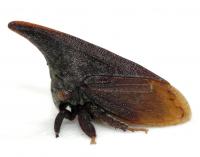 | Photo by: Kyle Kittelberger, Brian Bockhahn, Paul Scharf
Vance Co.
Comment: Field/forest edge habitat | 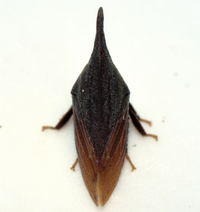 | Photo by: Kyle Kittelberger, Brian Bockhahn, Paul Scharf
Vance Co.
Comment: Field/forest edge habitat |
 | Photo by: Kyle Kittelberger, Brian Bockhahn, Paul Scharf
Vance Co.
Comment: Field/forest edge habitat |  | Photo by: Kyle Kittelberger, Brian Bockhahn, Paul Scharf
Watauga Co.
Comment: brushy vegetation surrounded by forest; very abundant, all nymphs |
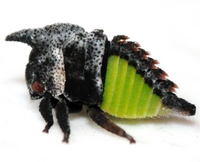 | Photo by: Kyle Kittelberger, Brian Bockhahn, Paul Scharf
Watauga Co.
Comment: brushy vegetation surrounded by forest; very abundant, all nymphs | 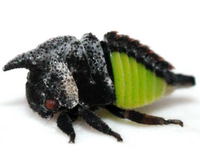 | Photo by: Kyle Kittelberger, Brian Bockhahn, Paul Scharf
Watauga Co.
Comment: brushy vegetation surrounded by forest; very abundant, all nymphs |
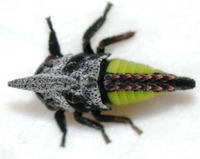 | Photo by: Kyle Kittelberger, Brian Bockhahn, Paul Scharf
Watauga Co.
Comment: brushy vegetation surrounded by forest; very abundant, all nymphs | 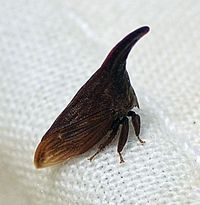 | Photo by: Paul Scharf, B.Bockhahn
Rockingham Co.
Comment: |
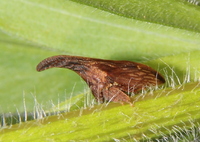 | Photo by: Harry Wilson
Wake Co.
Comment: mixed hardwood and pine habitat | 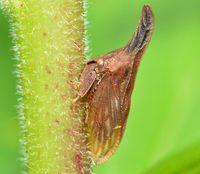 | Photo by: Kyle Kittelberger, Brian Bockhahn, Paul Scharf
Watauga Co.
Comment: grassy, brushy habitat near mixed hardwood forest; nymphs and adults |
 | Photo by: T. DeSantis
Orange Co.
Comment: ENRI | 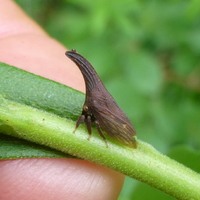 | Photo by: F. Williams, S. Williams
Gates Co.
Comment: MEMI |
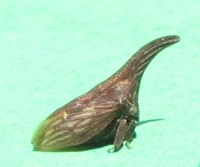 | Photo by: Ken Kneidel
Yancey Co.
Comment: | 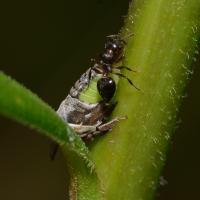 | Photo by: Margarita Lankford
Swain Co.
Comment: https://www.inaturalist.org/observations/51728524 |
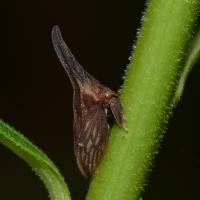 | Photo by: Margarita Lankford
Swain Co.
Comment: https://www.inaturalist.org/observations/51728524 |  | Photo by: Margarita Lankford
Swain Co.
Comment: https://www.inaturalist.org/observations/51728524 |
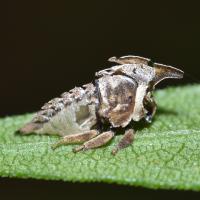 | Photo by: Margarita Lankford
Swain Co.
Comment: https://www.inaturalist.org/observations/52744534 | 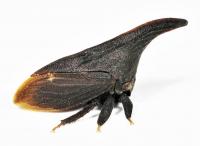 | Photo by: Rob Van Epps
Mecklenburg Co.
Comment: Caught sweeping. Weedy woodland edge. |
 | Photo by: Rob Van Epps
Mecklenburg Co.
Comment: Caught sweeping. Weedy woodland edge. |

 »
»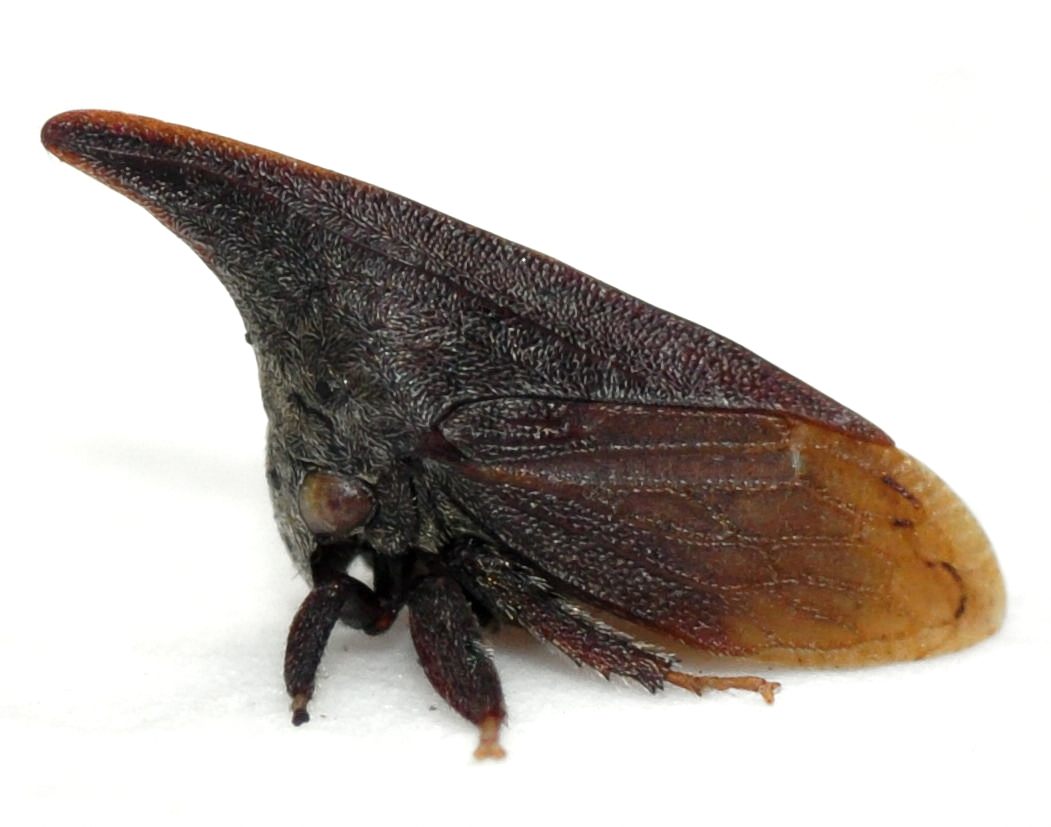
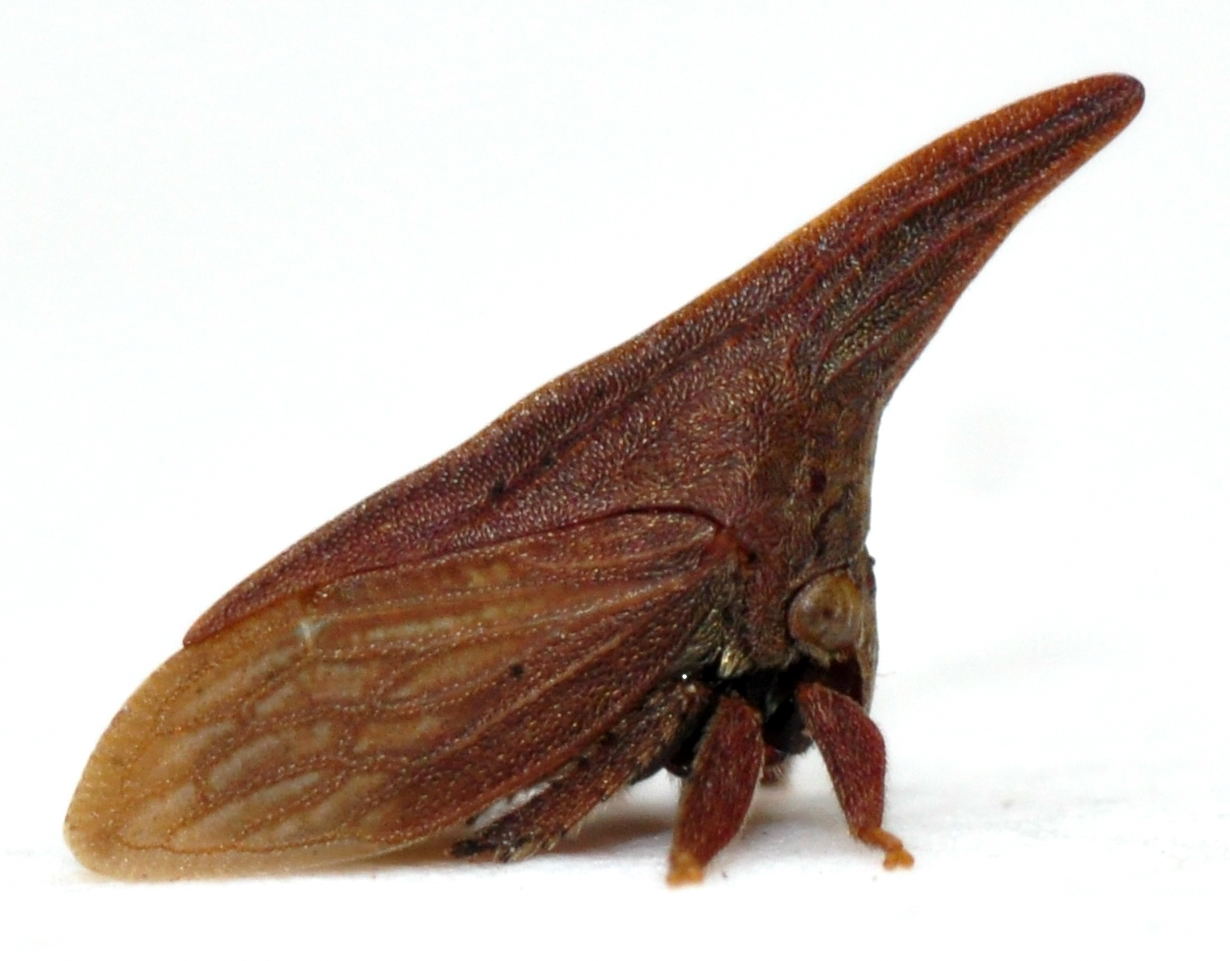
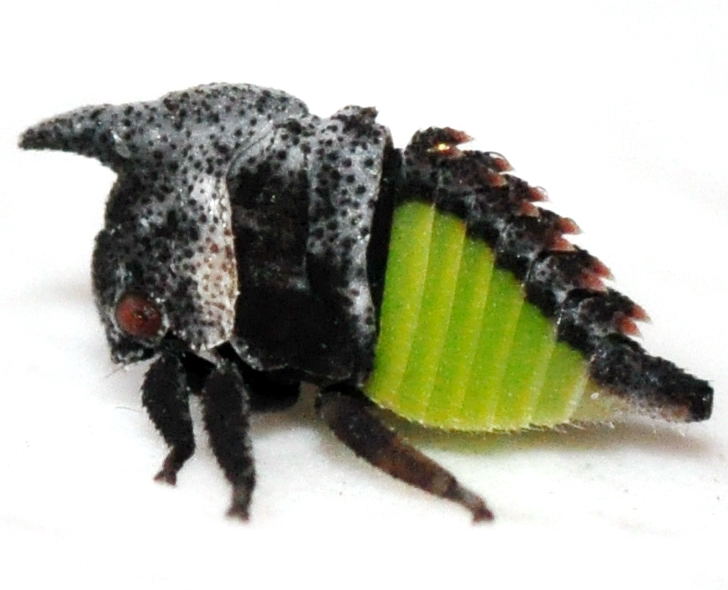

 »
»

